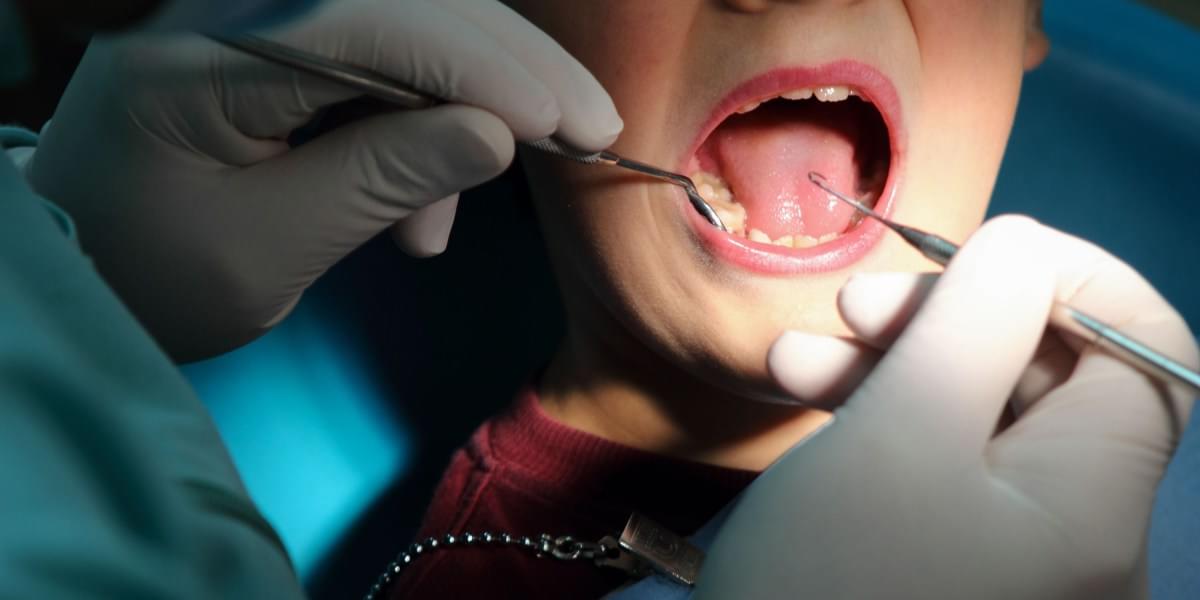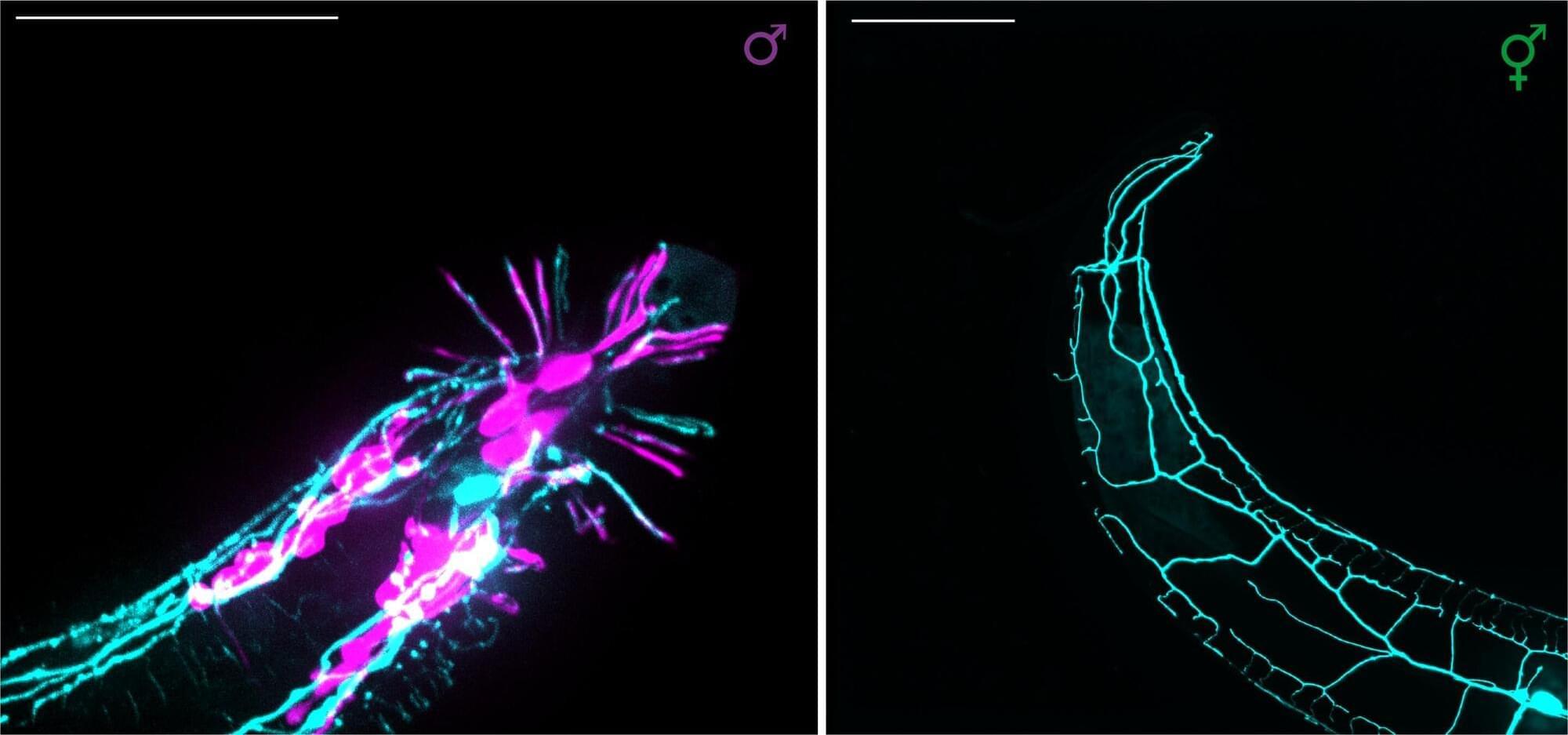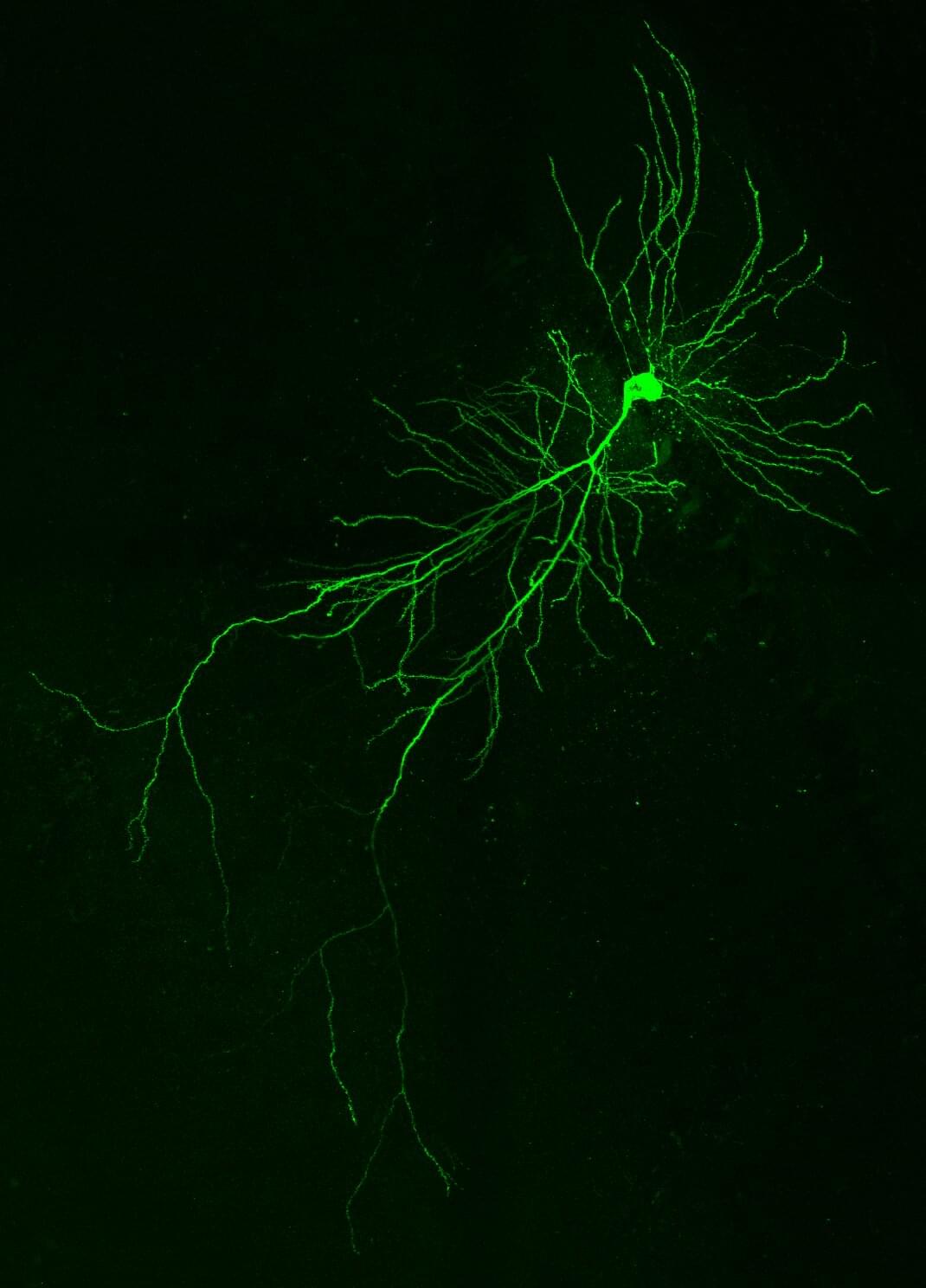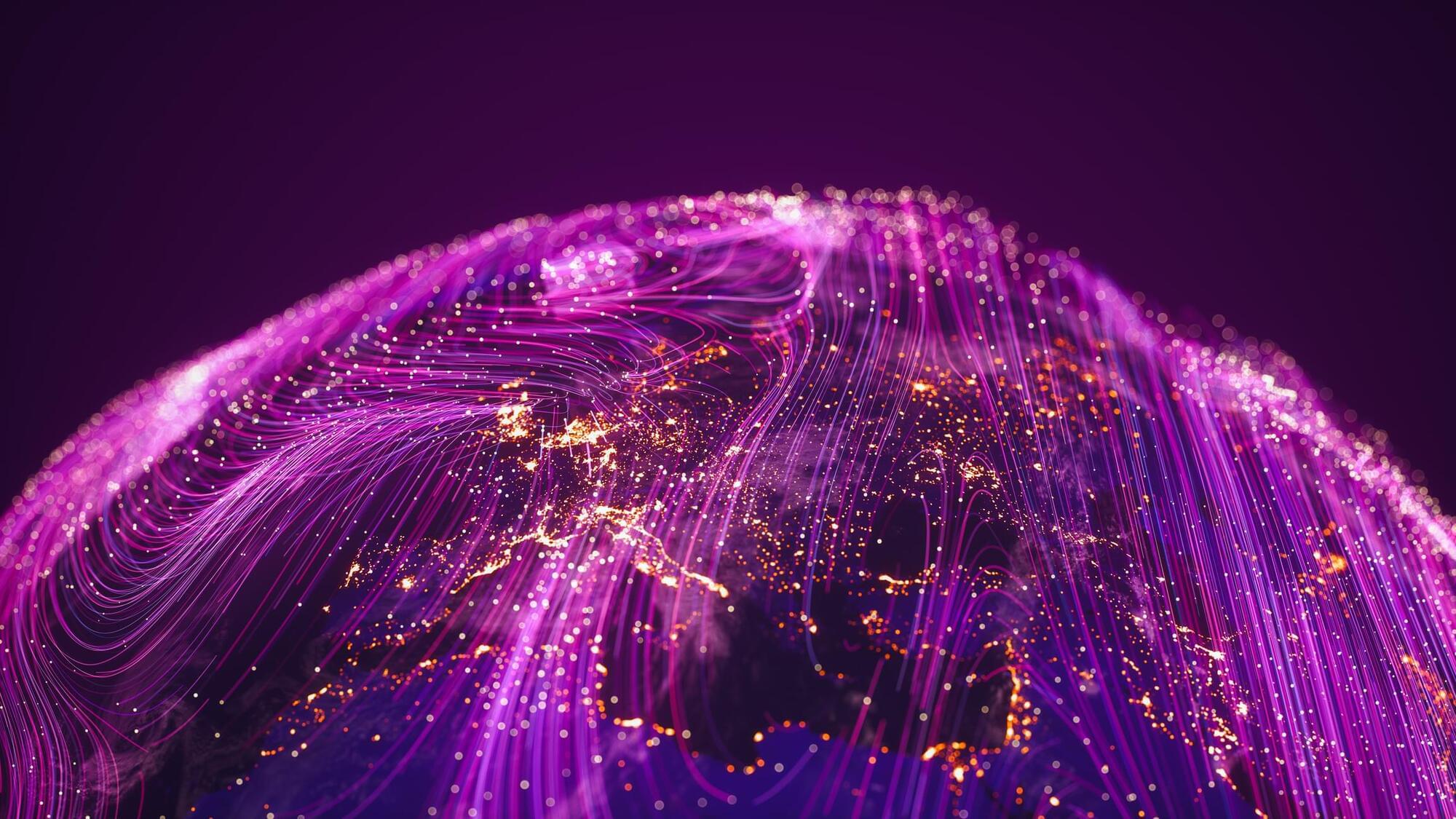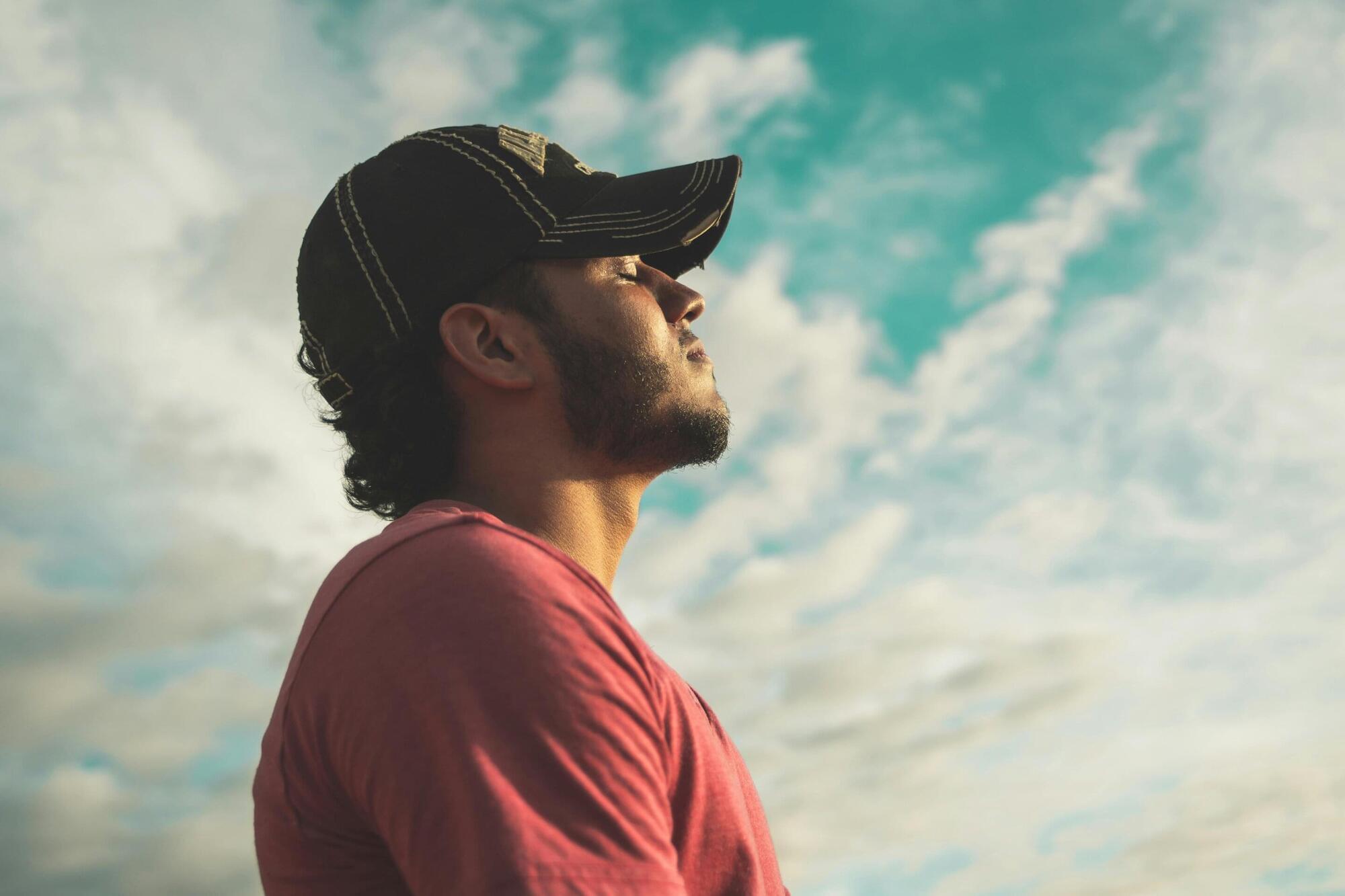Scientists at Northwestern University have developed a new approach that directly combats the progression of neurodegenerative diseases like Alzheimer’s disease and amyotrophic lateral sclerosis (ALS).
In these devastating illnesses, proteins misfold and clump together around brain cells, which ultimately leads to cell death. The innovative new treatment effectively traps the proteins before they can aggregate into the toxic structures capable of penetrating neurons. The trapped proteins then harmlessly degrade in the body.
The “clean-up” strategy significantly boosted the survival of lab-grown human neurons under stress from disease-causing proteins.

